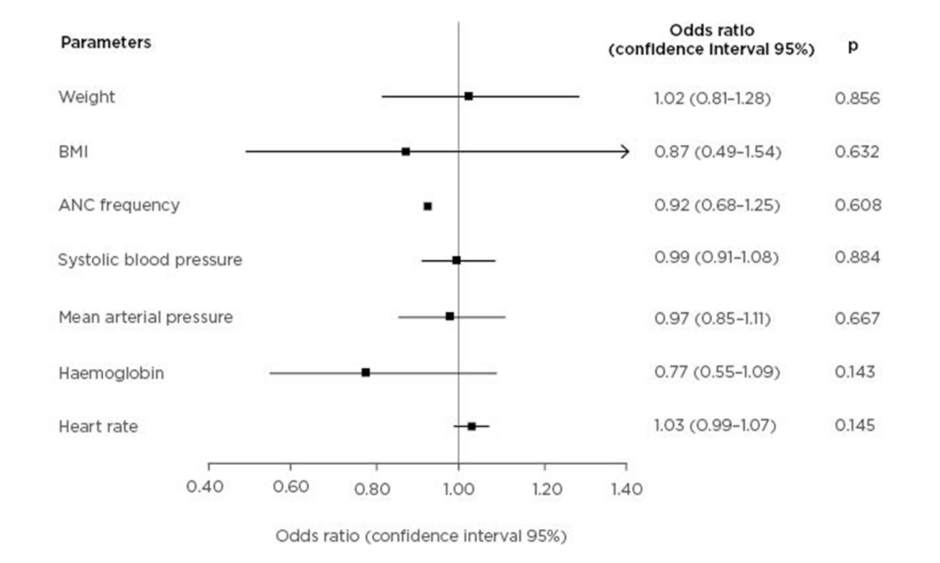A NOVEL heart rate variability analysis method, detrended fluctuation analysis (DFA), outperforms conventional tools in predicting sudden cardiac death (SCD), according to recent research. This finding could lead to improved screening and prevention strategies for at-risk individuals.
SCD is a major health concern, with traditional heart rate variability measures showing limited predictive power. Researchers have now explored DFA, specifically focusing on the short-term scaling exponent, as a potentially superior predictor of SCD. This study aimed to evaluate the association between DFA and SCD risk, providing new insights into heart rate analysis.
The study involved 2,794 participants from the Finnish Cardiovascular Study (FINCAVAS), who underwent clinical exercise testing. The researchers used 1-minute electrocardiogram samples to assess ultra-short-term heart rate fluctuations both at rest and during physical exertion. The key measure, the short-scale scaling exponent computed with second-order detrending (DFA2 α1), served as the primary exposure variable. SCDs were identified based on American Heart Association and European Society of Cardiology criteria, using death certificates and detailed accounts of the events.
Over a median follow-up of 8.3 years, 83 participants experienced SCD. The study found that lower DFA2 α1 values at rest were significantly associated with a 2.4-fold increased risk of SCD (P < 0.001). This association remained robust even after adjusting for other major risk factors, including age, cardiovascular conditions, cardiorespiratory fitness, heart rate reduction, and left ventricular ejection fraction. In contrast, conventional HRV parameters showed much weaker and statistically nonsignificant associations with SCD after similar adjustments.
These findings highlight the potential of ultra-short-term DFA2 α1 measured at rest as an independent predictor of SCD. Given these promising results, future efforts should explore DFA2 α1’s performance across diverse populations and validate its effectiveness in larger datasets with extended monitoring periods. By refining HRV analysis methods and incorporating advanced technologies, such as dynamic DFA, clinicians can further enhance their ability to predict and prevent SCD effectively.
Katrina Thornber, EMJ
Reference
Hernesniemi JA et al. Prediction of sudden cardiac death with ultra-short-term heart rate fluctuations. JACC Clin Electrophysiol. 2024;DOI:10.1016/j.jacep.2024.04.018







